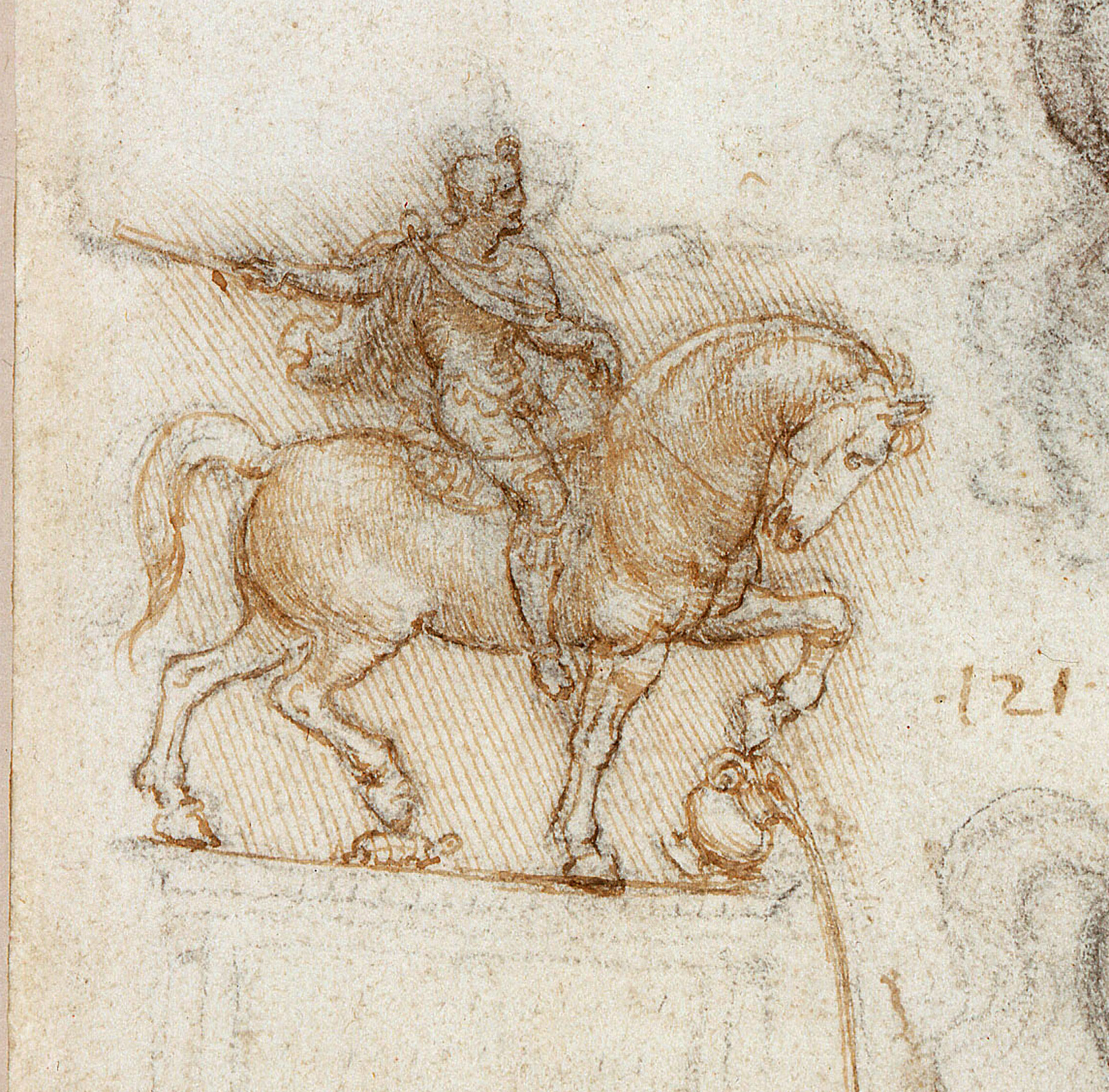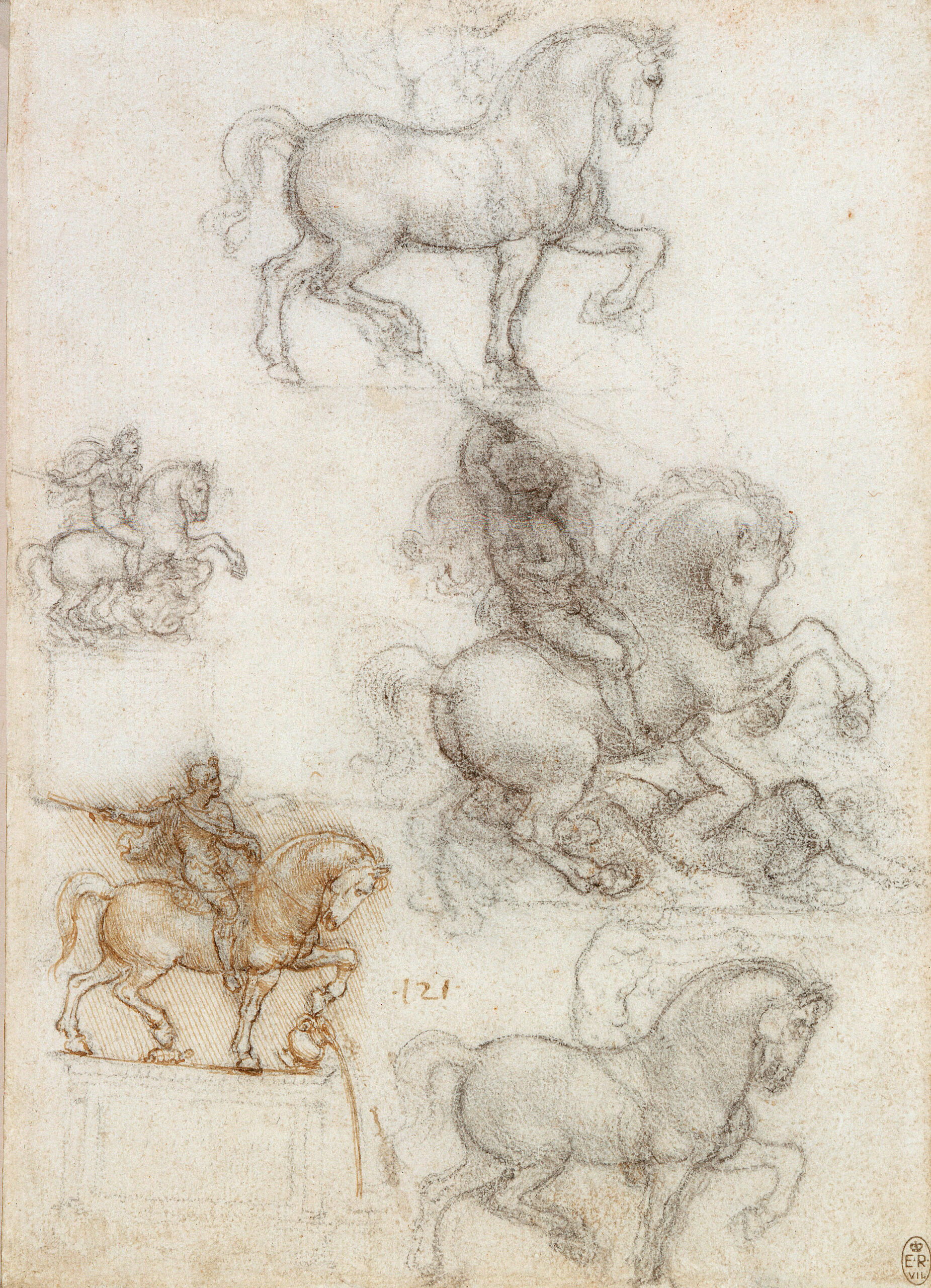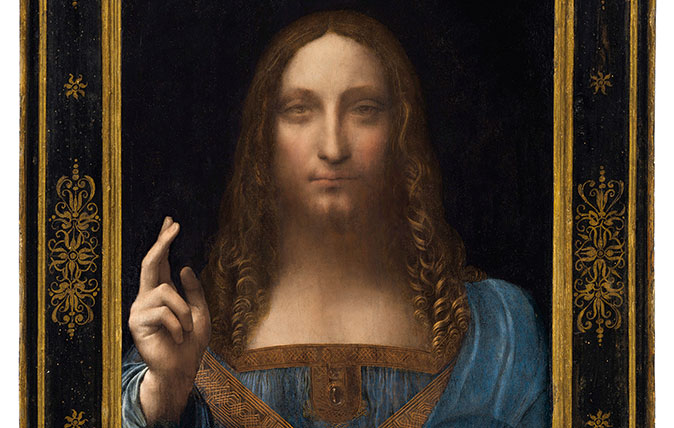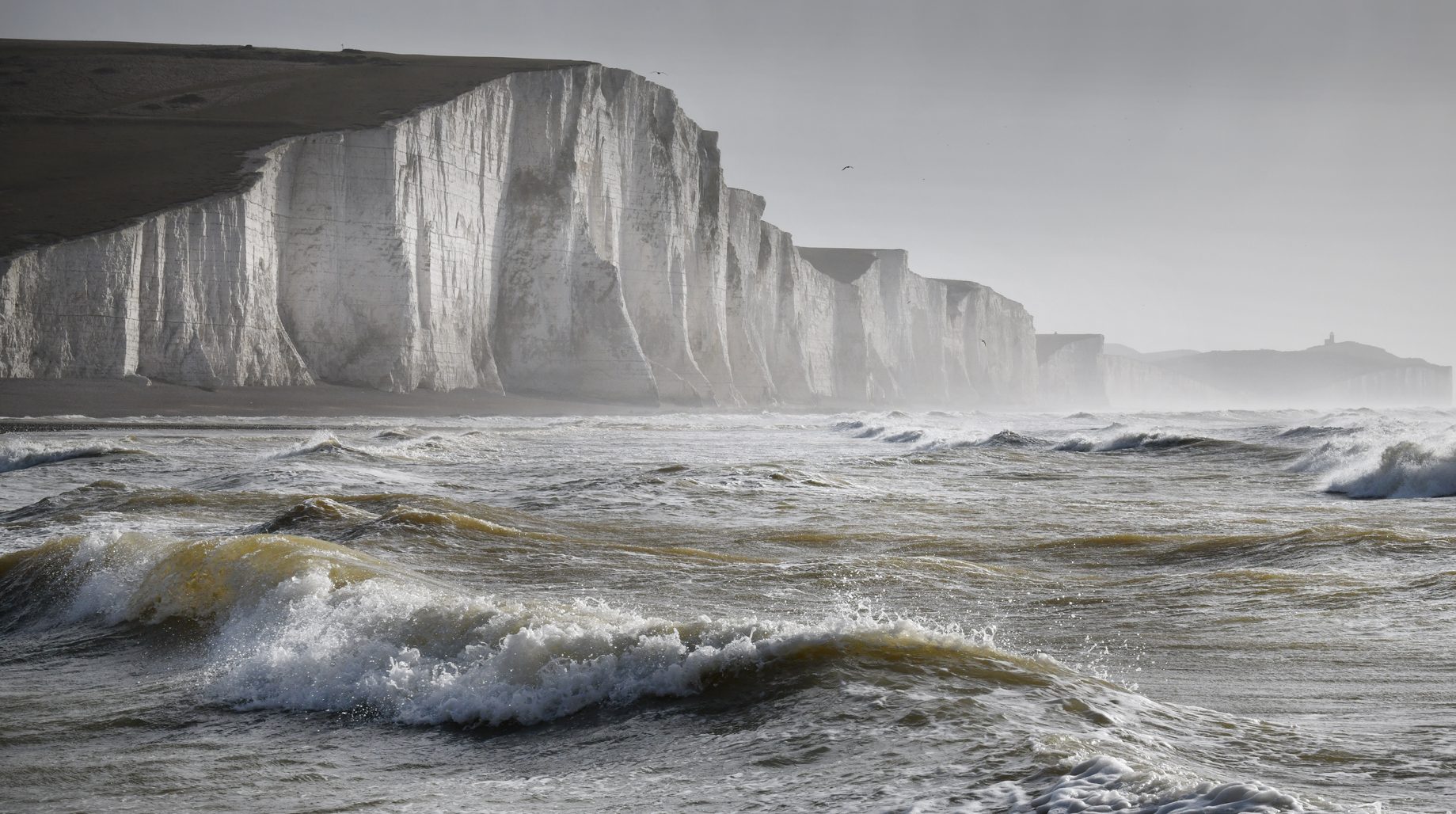The Leonardo da Vinci masterpiece that never was, thanks to an assassination, a war, an abduction and an invasion
The great master Leonardo da Vinci was on course to create an equine statue that could have rivalled his greatest pieces — until fate intervened. Carla Passino tells the tale of the da Vinci sculpture that never was.


Leonardo da Vinci knew the right strings to pull. Keen to work for the Milanese nobleman Ludovico Sforza, he offered his services not only as engineer and architect, but also as a sculptor: ‘I would undertake the work of the bronze horse, which shall perpetuate with immortal glory and eternal honour the auspicious memory of the Prince your father and of the illustrious house of Sforza.’
Ludovico’s brother, Galeazzo Sforza, had first come up with the idea of an equestrian monument to their father, Francesco, one of Italy’s greatest condottieri, but the former’s assassination put a literal end to the plans. When Ludovico returned from exile in 1479, he revived the idea and eventually commissioned the statue from Leonardo.
Never one to lack ambition, the Tuscan artist initially conceived Francesco astride, towering above a fallen enemy, but he struggled to pull it off on the monumental scale Ludovico required and, by 1490, he had changed to a more manageable walking design.

Leonardo was notorious for not completing his commissions, but this one seemed to progress, if in fits and starts.
Then, fate intervened. In 1494, the same year in which Ludovico became Duke of Milan, the French invaded and Ludovico sent all the bronze he had originally acquired for the sculpture to his father-in-law, Ferrara’s ruler Ercole d’Este, so that the latter could forge a cannon.
Despite this setback, Leonardo continued to work on the monument — until, in 1499, the French invaded Milan and demolished his clay model. A year later, Ludovico was taken prisoner, Leonardo returned to Florence and the horse was forgotten.
It only survives in its preparatory studies, some of which are pictured on this page, many of which are in the Royal Collection.
Exquisite houses, the beauty of Nature, and how to get the most from your life, straight to your inbox.

Credit: Leonardo da Vinci
The awkward questions that still need answering about Da Vinci's $450m Salvator Mundi
The dust has now settled following the $450 million sale of Leonardo Da Vinci’s Salvator Mundi. But there are still

Credit: Getty
Jason Goodwin: A somewhat comprehensive agenda for fixing Britain, from turning off the internet to compulsory Natural Service for 18-year-olds
'I know they will thank me in the end,' says our columnist, with tongue in cheek — though who knows how

Credit: Getty Images
Carla Carlisle: 'Edit your one and precious life. Prepare for Judgement Day. Do it Now.'
Carla has been having a bit of a New Year clear-out — albeit one which started last August, and which is
Carla must be the only Italian that finds the English weather more congenial than her native country’s sunshine. An antique herself, she became Country Life’s Arts & Antiques editor in 2023 having previously covered, as a freelance journalist, heritage, conservation, history and property stories, for which she won a couple of awards. Her musical taste has never evolved past Puccini and she spends most of her time immersed in any century before the 20th.
